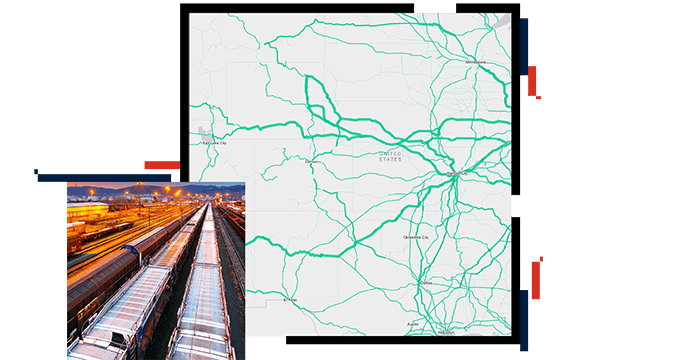See supply chain & logistics
The transportation industry widely embraces GIS, enabling companies to track shipments across the supply chain and share location data from many modes of transportation. This provides customers with a comprehensive view of distribution, enhancing visibility and enabling shippers to quickly address shipping issues in real time.





